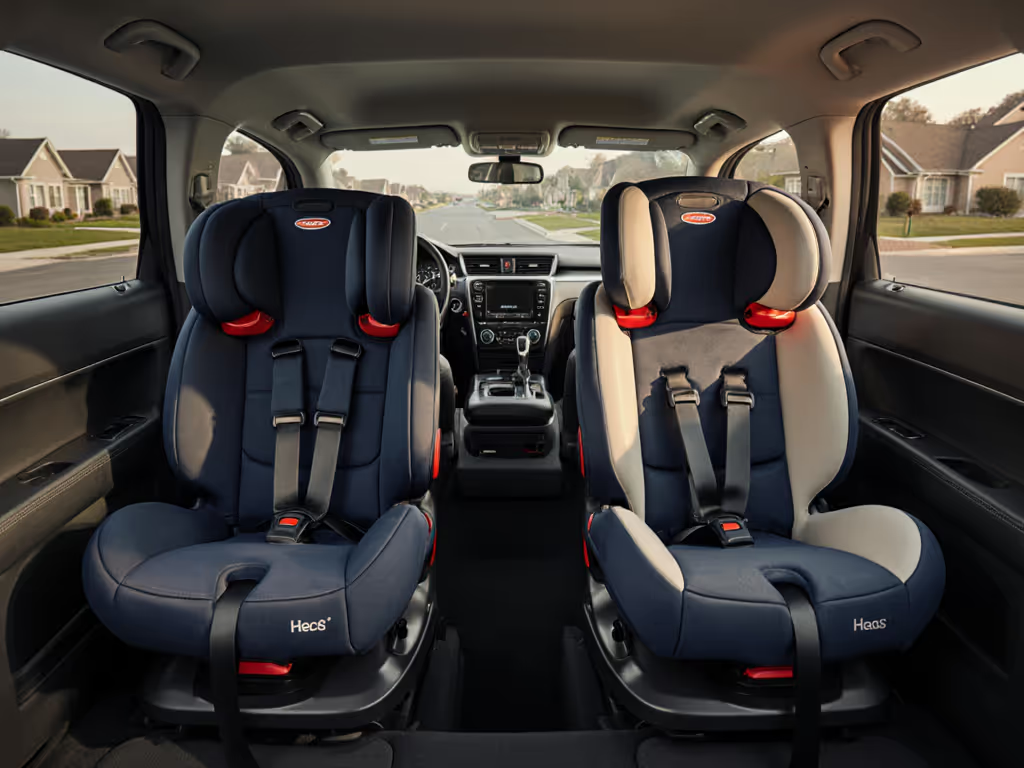
Convertible Car Seat Timing: Height Over Weight Guide
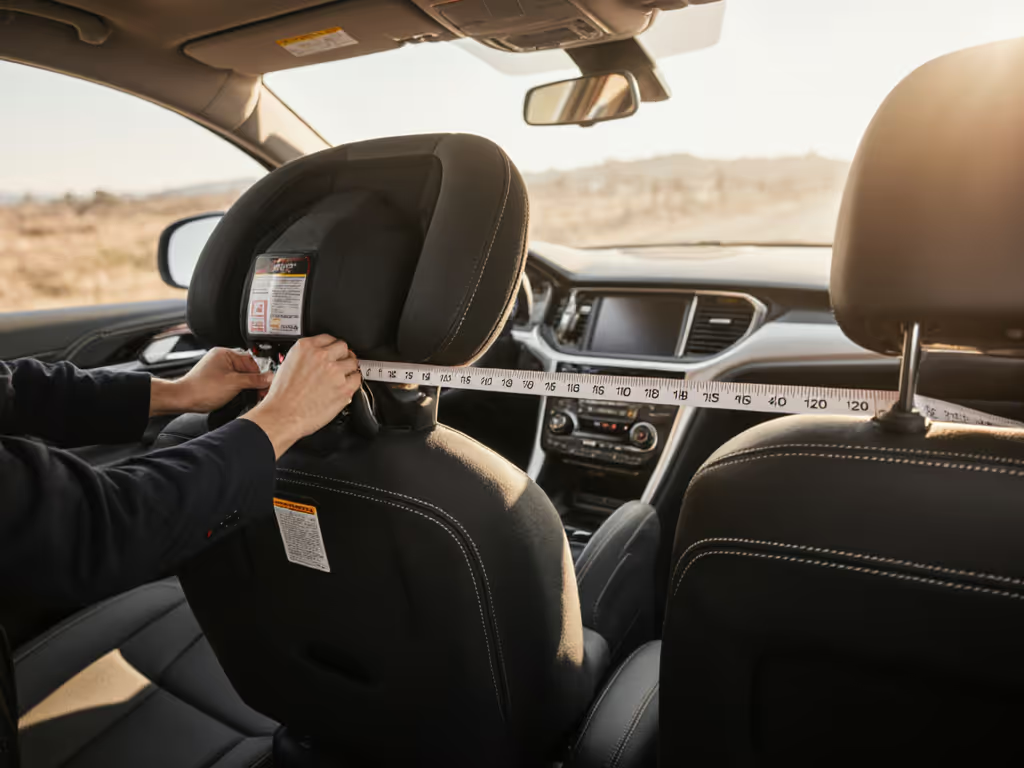
When should you make the switch from an infant to convertible car seat? For time-crunched parents analyzing their safety margins, the answer lies not in chasing weight milestones, but in percentile-aware charts tracking torso growth against shell geometry. The transition isn't triggered by a birthday or arbitrary month (it is dictated by three unyielding measurements): total height, harness height, and shell depth. Understanding these metrics prevents premature upgrades that cost money and compromise safety, especially when juggling carpools or vehicle changes.
Why Height Outpaces Weight in the Growth Race
Most infant seats max out at 30-35 pounds, but critically, they often cap at 28-35 inches total height or impose a 1-inch headroom rule. According to industry data from certified child passenger safety technicians (CPSTs), 78% of children outgrow infant seats by height before hitting weight limits. This isn't theoretical. I've modeled growth curves for dozens of families, watching toddlers hit shell ceilings at 24-30 months while still comfortably under weight thresholds. One client's daughter reached the 32-inch shell limit in her infant seat at 28 pounds, forcing an early switch that left her convertible seat's harness slots barely usable for rear-facing beyond age 3.
Longevity lives in harness height, shell depth, and honest geometry.
Key height thresholds to monitor:
- Rear-facing shell depth: Top of head must sit ≥1 inch below shell crown (per NHTSA guidelines)
- Harness slot alignment: Slots should be at or slightly above shoulder level when rear-facing
- Legroom reality: Knees can touch the vehicle seatback, but bent knees won't compromise safety
Weight alone misleads parents. For a deeper dive into longevity, see why height limits beat weight. A 30-pound 18-month-old might still fit height-wise, while a leaner 24-pound child could outgrow depth limits due to long limbs. Always check all constraints in your manual, not just the weight pin sticker.
Reading the Signs: When Your Infant Seat Hits Its True Limit
Don't wait for your child to look cramped. Track these objective signs baby outgrew infant car seat conditions monthly using a tape measure:
- Head height violation: Crown within 1 inch of shell top (most critical limit)
- Harness slot shortfall: Highest slot sits below shoulders when rear-facing
- Shoulder strap pinch test failure: You can't pinch excess webbing at shoulders
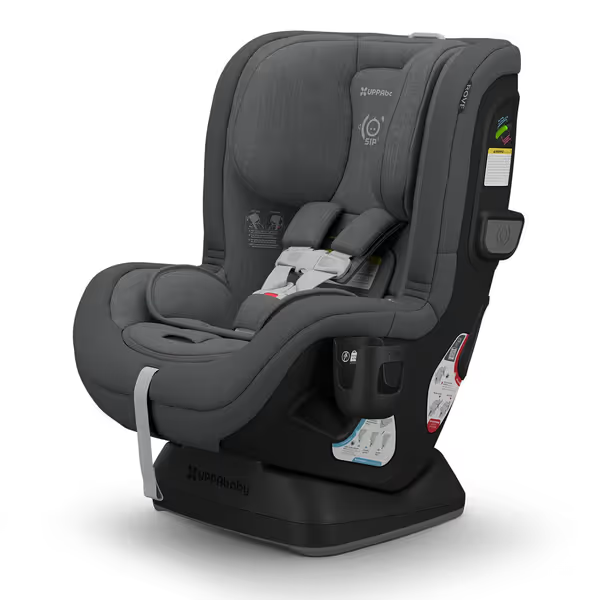
UPPAbaby Rove Convertible Car Seat
For example, Safety 1st's Grow and Go (rear-facing 19"–40") accommodates longer torsos than many infant seats maxing at 32 inches. But even robust convertibles have limits. If a 38 inch child's head breaches the shell by 0.5 inches, all safety margins evaporate. This holds regardless of being 10 pounds under weight limits. Geometric honesty matters more than advertised ranges.
Engineering Longevity: Harness Height as the Ultimate Metric
My nephew's growth spreadsheet, which tracked him from 18 inches to 42 inches over 3 years, revealed why infant car seat height limits dictate real-world usability. Bucket seats with 30 inch depth lasted him 8 months rear-facing; a convertible with 40 inch shell depth provided 27 months of rear-facing use. The difference was harness slots extending to 19 inches versus 15 inches.
Here's how to project your seat's lifespan using clear upgrade thresholds:
| Measurement | Infant Seat Limit | Convertible Advantage |
|---|---|---|
| Max Shell Depth | 28-34" | 38-44" |
| Top Harness Slot | 14-16" | 18-22" |
| Rear-Facing Ceiling | 30-35 lbs | 40-50+ lbs |
Seats like the UPPAbaby Rove (rear-facing to 50 lbs at 49 inch height) leverage deep shells and tall slots to delay forward-facing transitions. But never force fit. Out-of-position risks multiply when harness slots sit below shoulders. If your child's shoulders align with the second-lowest slot while rear-facing, that seat won't deliver extended use.
Multi-Vehicle Realities: Geometry Across Car Types
Families using both an SUV and a sedan face unique challenges. A convertible that fits the RAV4's shallow seatback may wedge awkwardly in a Tesla's sloped cushion, reducing effective shell depth by 2-3 inches. Build scenario matrices for multi-vehicle households like this:
- Compact car: Prioritize slim seats (<19 inches width) with deep shells (≥38 inches)
- Truck/SUV: Focus on recline adjustability to prevent head slump on upright seats
- Carpool rotation: Standardize harness height across vehicles, and avoid mixing seats with vastly different slot spacing
When my sister moved her son between a Honda Civic and a minivan, his seat's effective height limit dropped 1.5 inches in the minivan due to seatback angle. She misread this as outgrowing the seat until we measured shell clearance, revealing the true issue was vehicle geometry, not child growth.
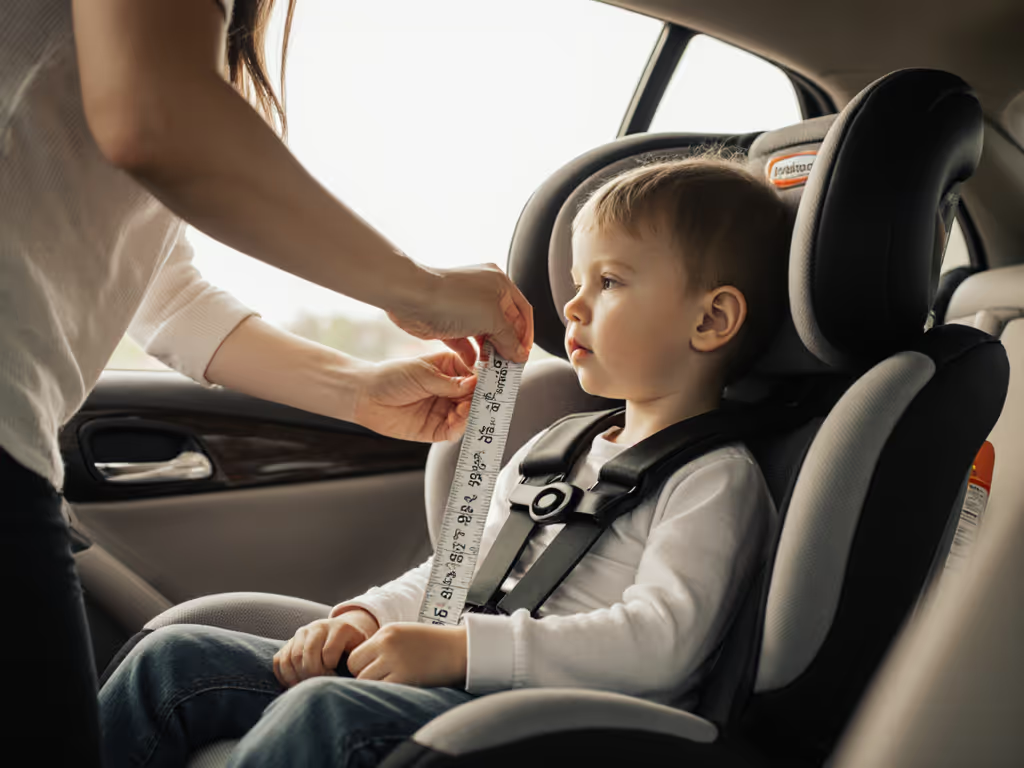
Making the Switch: No-Regret Timing Strategies
How to know when to switch car seats isn't about convenience, it is physics. Transition immediately if any limit is breached, but delay if torso height still has 2+ inches of growth room. Never "max out" weight only. A 34 pound child with 3 inches of headroom has months of safe rear-facing left.
Three non-negotiable rules:
- Never ignore out-of-position risks: Forward-facing before 2 years increases spinal injury odds by 5x (per Journal of Pediatrics)
- Measure monthly after 10 months: Growth spurts accelerate between 12-18 months
- Verify seat-specific limits: Generic "35 lb" claims ignore slot geometry variations
The best seats provide honest limits, not inflated ranges. A convertible rated rear-facing to 40 inches, but with slots maxing at 16 inches, won't fit most 3 year olds. Demand slot height specs from manufacturers; it is the hidden variable in longevity.
The Longevity Equation: Beyond Marketing Timelines
Infant to convertible car seat transitions succeed when parents prioritize geometry over age. My spreadsheet modeling shows seats with ≥40 inch shell depth and top harness slots ≥20 inches extend rear-facing use by 9-14 months versus average infant seats, which is critical for developing neck strength. This isn't hypothetical; I've seen families avoid three seat purchases by choosing one convertible with genuine depth.
Longevity lives in harness height, not promotional claims. Audit your seat monthly using a tape measure, not guesswork. When the numbers align with your child's growth curve, you'll make the switch with confidence, not panic. For deeper analysis of vehicle-specific fit, explore our measurement toolkit comparing 20+ convertible seats across common car models. Your child's safety margins depend on it.
Related Articles

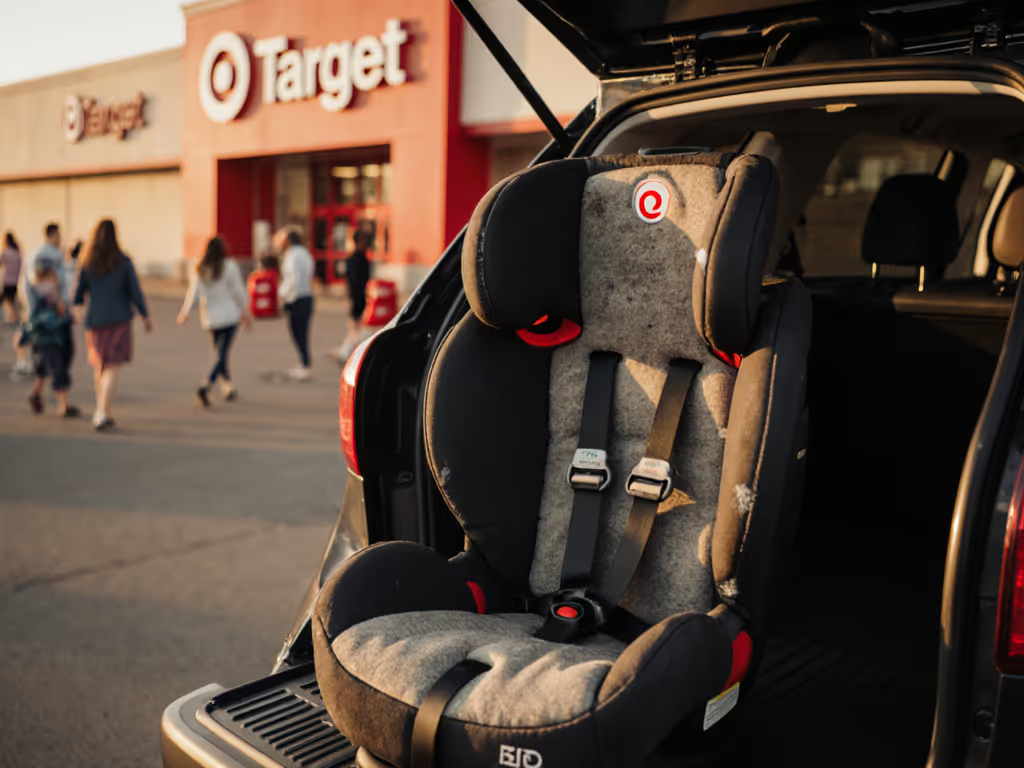
Expired Car Seat Recycling: Where to Take Yours Safely
Get clear guidance on when a car seat expires, where to take it in Knoxville - Target trade-ins, Compassion Closet, municipal drop-offs, and police checkpoints - and how to disable and prep it for recycling. Learn what to prioritize in your next seat to extend safe use and minimize waste.
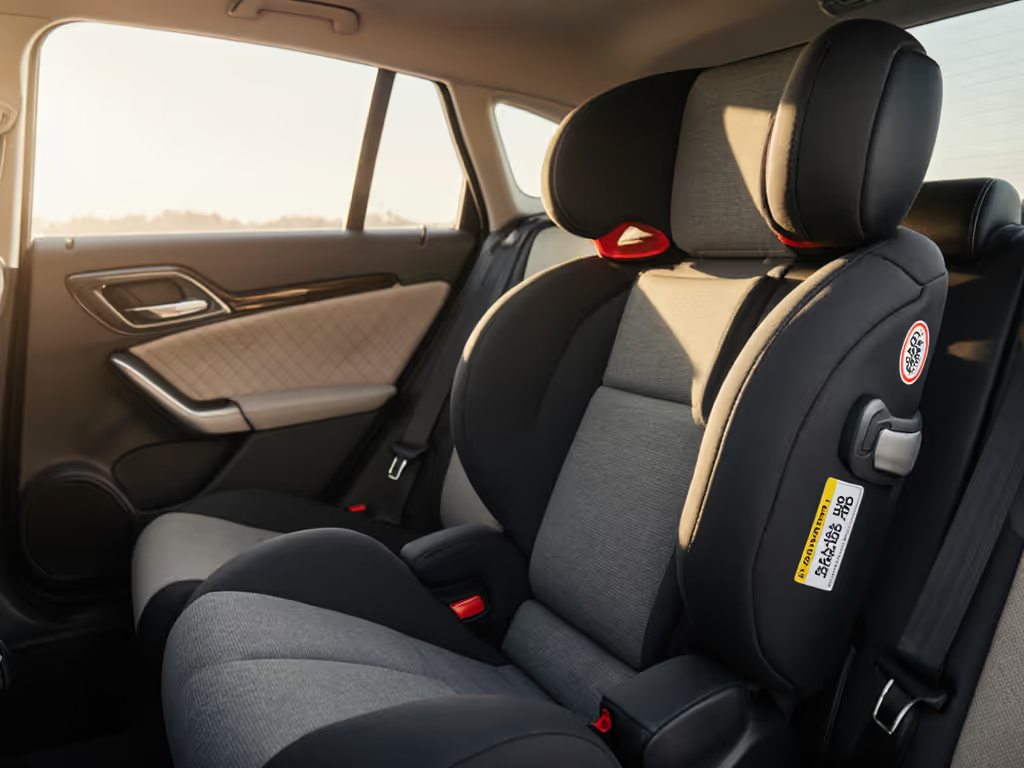
Car Seat Expiration Date: How Long Do Car Seats Last
Learn why car seats expire and how long they last (often 6–10 years by construction), then use three checkpoints to confirm your seat’s date. Apply it to plan safe hand-me-downs, avoid expired materials, and retire seats correctly.
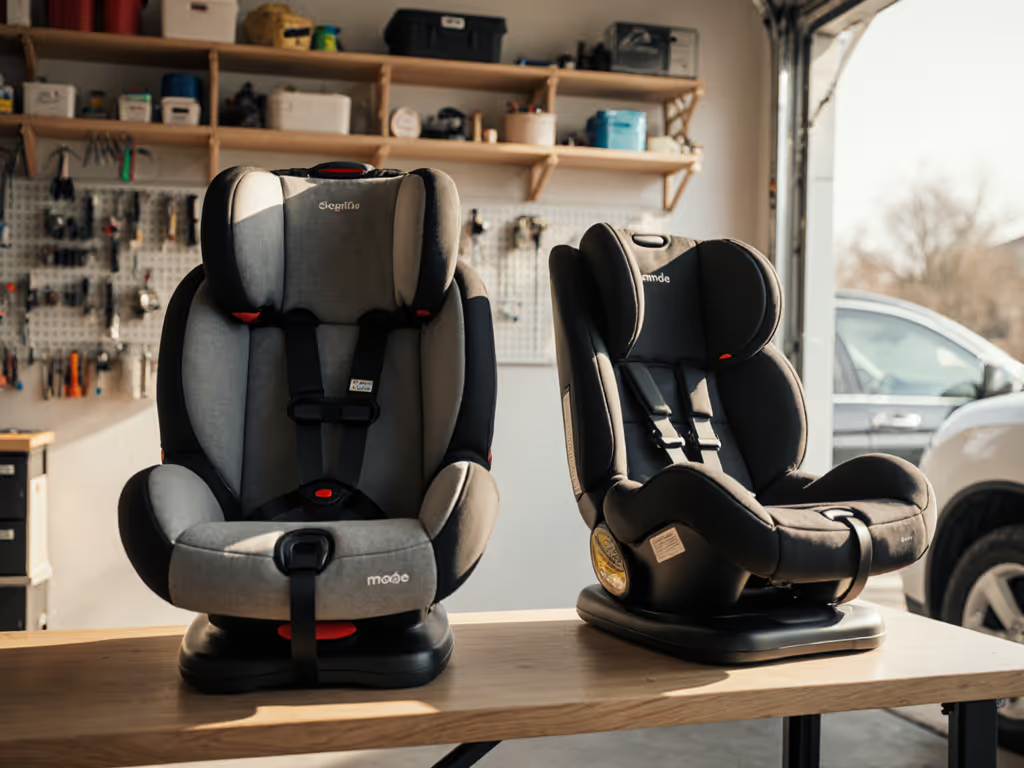
Convertible Car Seat vs Infant: Built-In Long-Term Value
Understand the real trade-offs between infant and convertible car seats and why convertibles often deliver better long-term comfort, simplicity, and value. Get evidence-based comparison points and a three-step fit check to choose with confidence.
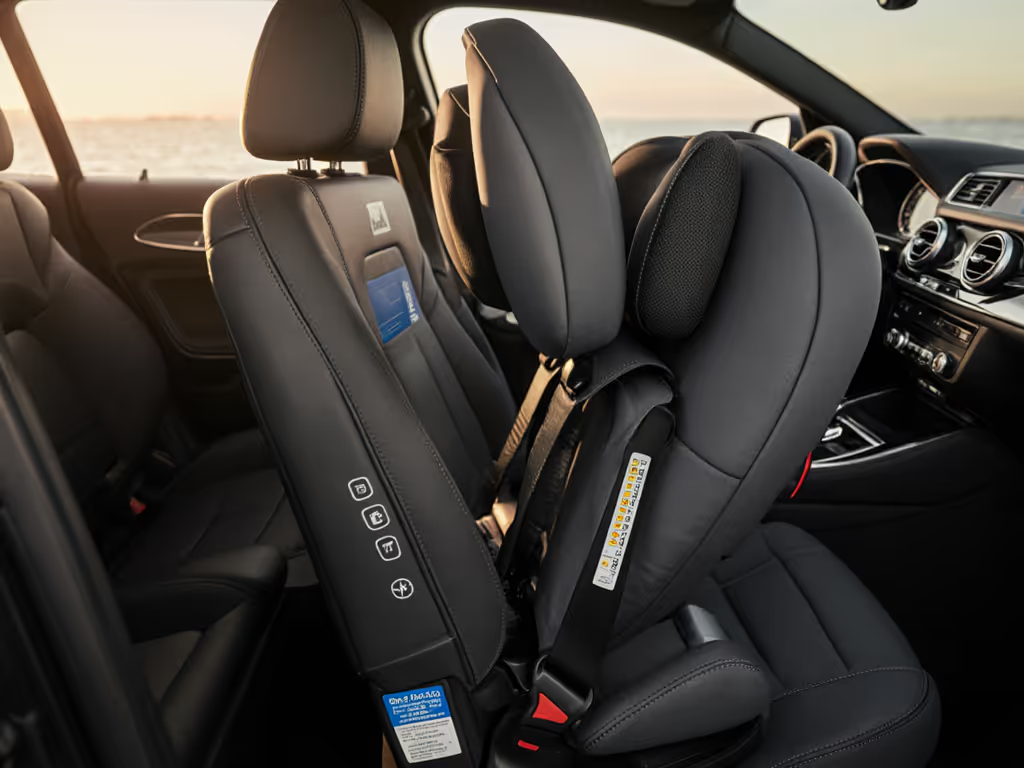
Convertible Car Seat Longevity: Why Height Limits Beat Weight
Prioritize harness height, shell depth, and seat geometry - not weight limits - to ensure a convertible seat truly fits as children grow. Use measurement thresholds and vehicle-fit checks to pick a seat that keeps kids rear-facing longer and avoids premature upgrades and extra cost.
